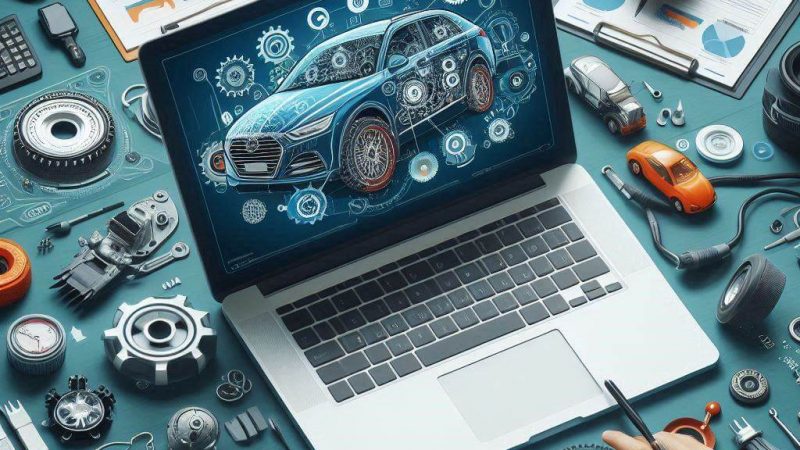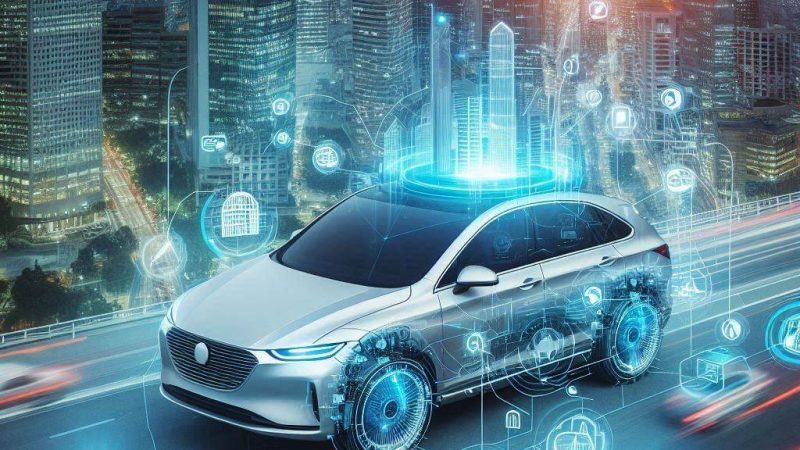Emergency Vehicles: A Lifeline in Critical Situations

Emergency vehicles play a crucial role in providing immediate medical assistance, public safety, and efficient transportation during critical situations. These specialized vehicles are equipped with advanced technology and skilled personnel to ensure prompt response and effective management of emergencies. In this article, we will delve into the world of emergency vehicles, exploring their types, features, challenges, and essential services they provide to our communities.
Types of Emergency Vehicles
- Ambulances: The most well-known emergency vehicle, ambulances are designed to provide immediate medical care and transport patients to medical facilities. Equipped with medical equipment, these vehicles are staffed by skilled paramedics, nurses, or emergency medical technicians who can stabilize patients on-the-go.
- Fire Trucks: Fire trucks, also known as fire engines, are crucial for firefighting operations. These heavily-equipped vehicles carry water, firefighting tools, and aerial ladders to extinguish fires and assist in rescue operations. Fire trucks are operated by highly trained firefighters capable of combating a range of emergencies, including structural fires, hazardous material spills, and vehicle accidents.
- Police Cars: Police cars are distinctive emergency vehicles used by law enforcement agencies for patrolling streets, responding to emergencies, and enforcing laws. Equipped with communication devices, emergency lights, and sirens, these vehicles assist in crime prevention, traffic control, and enforcement of law and order.
- Search and Rescue Vehicles: These specialized vehicles are primarily used for wilderness or urban search and rescue operations. Equipped with rugged off-roading capabilities, winches, and specialized tools, search and rescue vehicles aid in locating missing persons, providing humanitarian assistance during natural disasters, and supporting tactical missions in hazardous environments.
- Hazardous Material Response Vehicles: In the event of a chemical spill, leak, or other hazardous material incident, specially designed vehicles are deployed to contain and mitigate the threat. These vehicles carry tools, sensors, and decontamination equipment to protect responders and minimize harm to the environment and public.
Features and Technologies
Emergency vehicles are equipped with advanced features to ensure efficient and effective emergency response. These features may include:
- Emergency Lighting and Sirens: Flashing lights and distinctive sirens allow emergency vehicles to navigate through traffic, alerting other drivers to yield and creating a clear passage.
- Communication Systems: Advanced communication systems such as two-way radios and integrated dispatch systems enable seamless coordination between emergency personnel and command centers.
- GPS and Navigation Systems: Precise GPS technology helps emergency vehicles reach their destinations promptly, reducing response times and optimizing routes.
- Medical Equipment and Life Support Systems: Ambulances carry a range of medical equipment, including cardiac monitors, defibrillators, oxygen supplies, and stretchers, to provide critical care on the scene or en route to medical facilities.
- Firefighting Tools and Equipment: Fire engines are equipped with water pumps, hoses, breathing apparatus, thermal imaging cameras, and hydraulic tools to combat fires and assist in rescue operations safely.
Challenges and Future Developments
Despite their critical role, emergency vehicles face several challenges. These challenges include traffic congestion, limited funding for equipment upgrades, and the safety of emergency personnel on the road. To overcome these challenges, ongoing developments in technology aim to improve emergency vehicle performance and response times.
- Intelligent Traffic Systems: Integration with smart traffic systems can optimize signal timing to allow emergency vehicles to navigate through congested areas more efficiently.
- Electric Emergency Vehicles: The adoption of electric-powered emergency vehicles reduces carbon emissions, operating costs, and noise pollution while maintaining performance requirements.
- Drone Integration: Unmanned aerial vehicles or drones are increasingly being utilized to assess emergency situations, provide real-time information to responders, and support search and rescue operations in challenging terrains.
- Telemedicine and Connectivity: Advancements in telemedicine will allow emergency medical personnel to consult with doctors remotely, improving patient care during transportation and expanding access to medical expertise in remote areas.
Emergency vehicles are the backbone of emergency services, providing critical assistance during life-threatening situations. Ambulances, fire trucks, police cars, search and rescue vehicles, and hazardous material response vehicles are all essential components of an effective emergency response system. With ongoing advancements in technology and improved coordination, emergency vehicles will continue to evolve, ensuring swift and efficient emergency care when every second counts.


